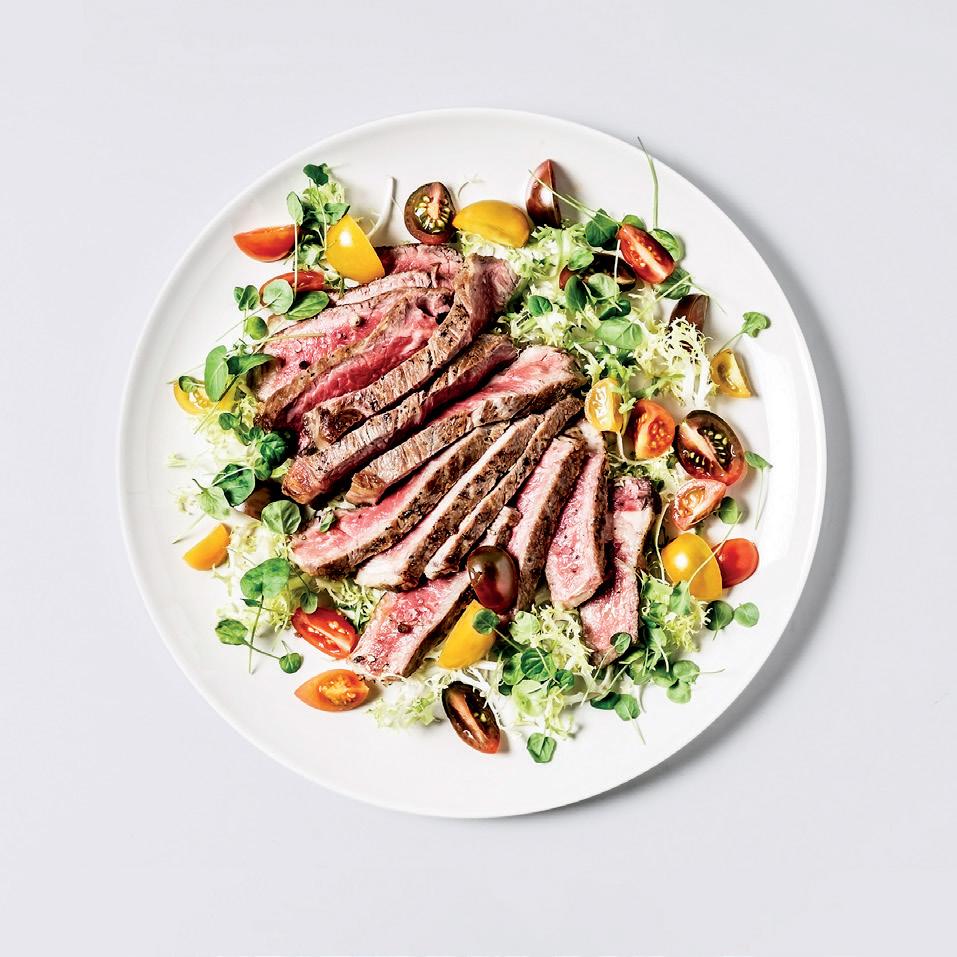
5 minute read
START DISHING stop searching
by Coco Cigars and the Miami Royal Ballet Dance School. And on the second level, Boisson (“a sophisticated sips retailer for those looking for an alternative to alcohol”) will also open, along with upscale women’s, children’s, and “sleepwear” retailer Splendid. Trendy women’s clothing vendor Shusha Boutique will join them on the third level near Nordstrom.
Of course, there is a price tag to accompany the up-trending occupancy. City-wide, Gables retailers paid average rents of 26 percent higher last year than the year before, with asking rents of $48 a square foot, up from $38 in 2021.
Books, Please
After nearly two years and more than $3 million in upgrades, the Coral Gables library has reopened. The iconic stone and glass structure at 3443 Segovia Street opened just two days after the annual Family Literacy Festival took place at the nearby Memorial Youth Center. With more than 120,000 “materials” (books, videos, audio discs, etc.), the refurbished facility has new carpeting, expanded seating areas, technology booths in the teen areas, wireless upgrades, new and additional desktop computers, and renovated restrooms. The temporary branch at 308 Miracle Mile was simultaneously closed, sending its 20,000 materials back to the main branch.

In Bloom Again
This year marks the 86th annual Royal Poinciana Fiesta, a celebration of the blooming tree that has become synonymous with South Florida. While it is a native of Madagascar, the Royal Poinciana (named after Gov. Lonvellier de Poncy of the French West Indies) was probably first planted in Coconut Grove in the early 1900s –the oldest documented one was planted at The Kampong in 1917 by Marian Fairchild, wife of Dr. David Fairchild of Tropical Botanic Garden fame.

The annual festival celebrating the tree started in Miami in 1937, when Royal Poinciana Tree Day was proclaimed by then Mayor Robert R. Williams. The next year, it became the Poinciana Tree Pilgrimage to the largest tree in the county, which was in Kendall. The following year, it became Royal Poinciana Week, and by 1940 it had become the Annual Royal Poinciana Festival. In the subsequent years, it was funded by the City of Miami, which changed the name to the Poinciana Fiesta in 1996. After the city declined to fund it any longer, the Tropical Flowering Tree Society took it over in 1999, and in 2018 the City of Coral Gables became a co-sponsor.
The Gables-based Tropical Tree Society, which formed in 1988, meets monthly at Fairchild Tropical Botanic Gardens. Their plans for this year’s festival (June 4 to 11) include cocktail parties, musical events, walking tours, a symposium, trolley tours, bike tours, and plantings. Go to tfts.org or royalp.org for details.
Fashion for a Cause
This past May saw the Biltmore Hotel turned into a fashion runway show with a humane purpose. The 2nd Annual Fashion for Freedom event, put on by the nonprofit Glory House Miami, raised money for survivors of human trafficking. “Our goal is that those who have been broken by sex exploitation will be restored to healthy mind, body, and spirit,” says Betty Lara, executive director of Glory House. “What we do as a nonprofit organization is reaching, rescuing, and restoring survivors of human trafficking,” she says, including providing trauma therapy, counseling, medical care, life skills, vocational training, and financial assistance.
Josie Wang’s Featured
The organization is also raising money for a facility that will provide a safe space for victims as they re-integrate into society. “Human trafficking is a very real problem not only in our own backyard, but throughout the U.S. and the world. It is modern day slavery inflicting tremendous psychological, emotional, and physical damage on its victims,” says Lara. “These people need our help.”

For several hours, the 210 guests at the Fashion for Freedom event watched as models paraded in dresses and suits at the Biltmore’s International Center, raising more than $600,000 for the cause. Guest speakers for the event included DawnCheré Wilkerson, one of the pastors of the VOUS Church in Miami, who has 345,000 followers on Instagram. It is estimated that 27 million women, men, and children are currently enslaved and trafficked worldwide.

Garden Club to the Rescue
Back in 1945, when the then-named Girl Scouts of Dade County purchased an 11.5-acre campsite next to Matheson County Park (for $3,337 from cookie sales!), it was a native hardwood hammock. Three years later, it was dedicated to the aplomb of 7,000 people who attended, replete with shelters, meeting space, and cabins. Fast forward 75 years and what has happened to “Camp Mahachee” is what’s happened to countless South Florida natural environments: the invasion of alien species.

Now, the Coral Gables Garden Club has come to the rescue. In a three-phase project that began last October, the Garden Club spearheaded the clearing of several acres worth of invasive vines
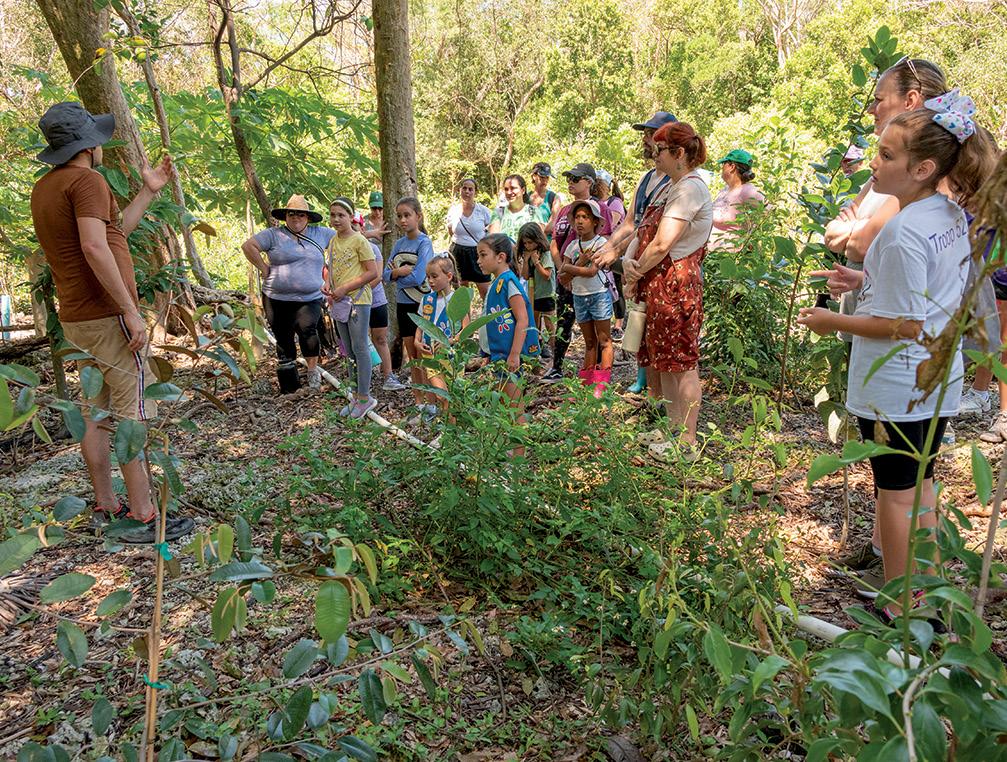

(phase one), the removal of dead wood and trash (phase two), and the planting of native trees (phase three). They have now added a pollinator garden to attract native butterflies. “It was a good project, and it energized our club,” says Susan Rodriguez, president of the Garden Club. “We have a lot of younger members now, thanks to this.”
Rodriguez said the project was initiated in 2022 when she asked the membership if they “had any great ideas for a project we could get behind.” She was contacted by Bill and Lynn Kerdyk Jr., who suggested they come to the rescue of Camp Mahachee. “They introduced me to Chelsea Wilkerson [CEO of Girl Scouts of Tropical Florida] and [we] talked about their vision to clean up the front entrance and get rid of the invasive vines... I got the Garden Club to donate time and money.” With $25,000 in seed money (more than $150,000 was eventually raised), the group induced a small army of volunteers to help, ranging from City Commissioner Rhonda Anderson to Miami-Dade County environmental scientist James Duncan, plus (of course) scores of Girl Scouts.
The result is a small forest of 1,100 native trees, from the Gumbo Limbo to the Jamaican Caper. “They look fantastic, they look amazing,” says Rodriguez. They are enhanced by a temporary irrigation system set up by Duncan, and by three coral rock benches, one of which is dedicated to the Kerdyks.

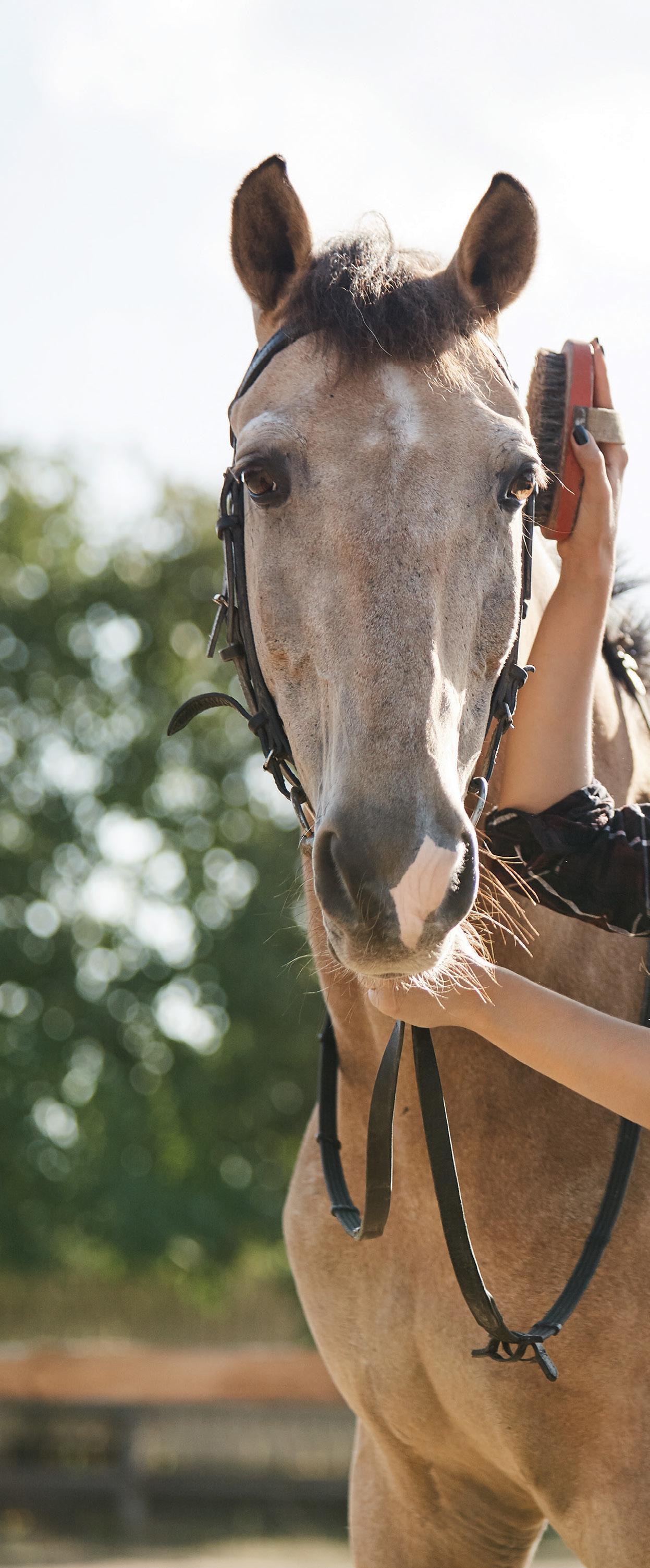
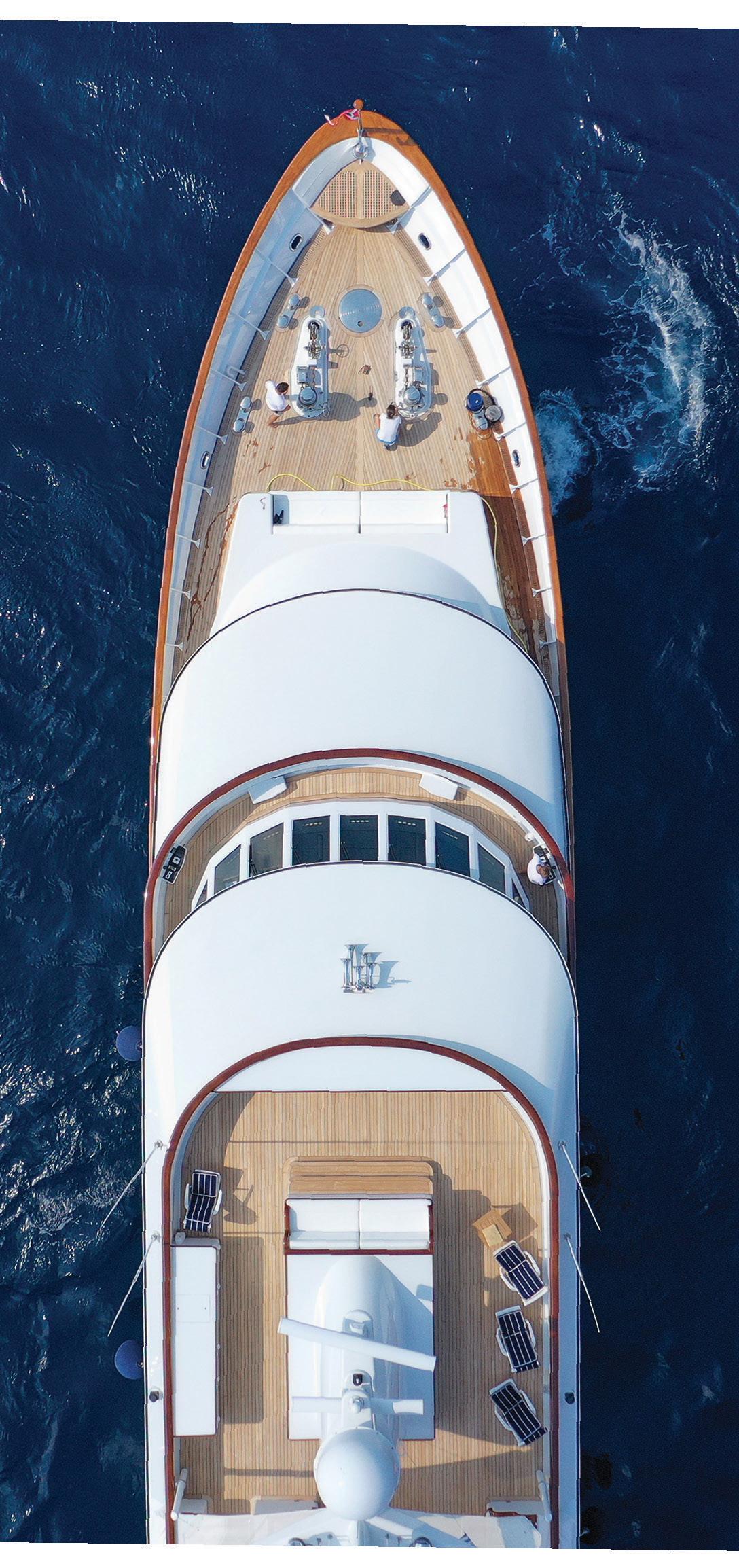




Summer’s Urban Sketch Crawl
The Coral Gables Museum is exploring the city’s architecture and history through a new lens this summer with its Urban Sketch Crawl. The program, meant to replace the museum’s downtown walking tours during the summer hiatus, provides a weekday evening outing that will tour different parts of the city with an artistic element.
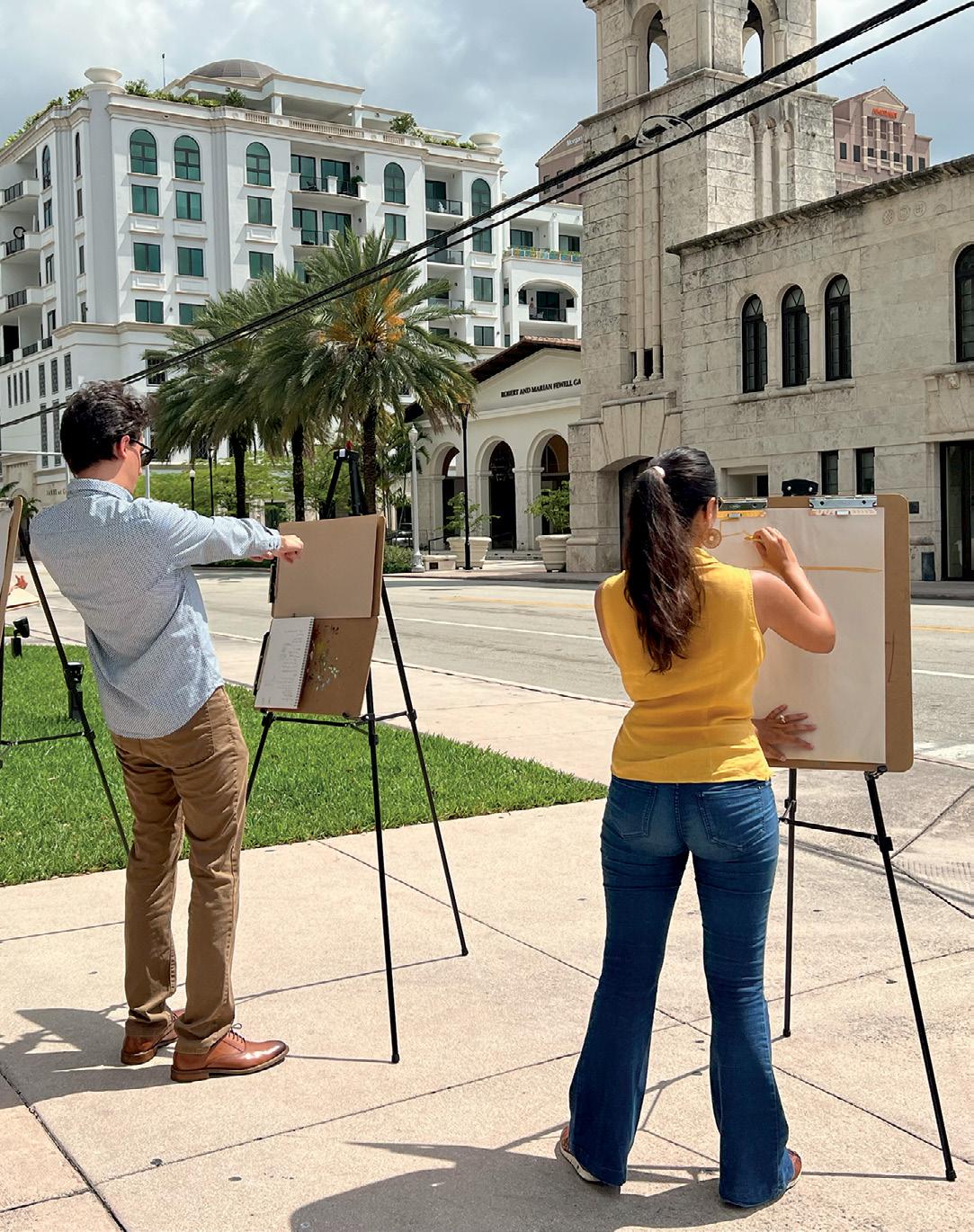

As the name suggests, the events will provide attendees the opportunity to learn about historic landmarks and notable sections of town while sketching them. Gianna Riccardi, the museum’s director of education and public programs, says there will be a variety of additional art aspects implemented, such as photography and watercolor painting, depending on the theme.
“We want people to see the beauty that’s all around them,” Riccardi says. “We talk about urbanism, architecture, and our environment, but it’s also about determining how we live in a space and how to be fully present. When we stop and look at something and appreciate the history of it … looking at the details and how it has aged, you get a better understanding of how it started and where it is now.” In addition to tour guides providing historical context, the tour will also have art guides present to give pointers and creative direction.
Each tour, every other Wednesday, will explore a different theme: Aragon Roundabout (June 14), Along Miracle Mile (June 28), Art in Public Places (July 12), Back to the Beginning (July 26), Recent Renovations (August 9), Paist Buildings (August 23), and Lush Landscapes (September 6). For more information, visit coralgablesmuseum.org. ■










